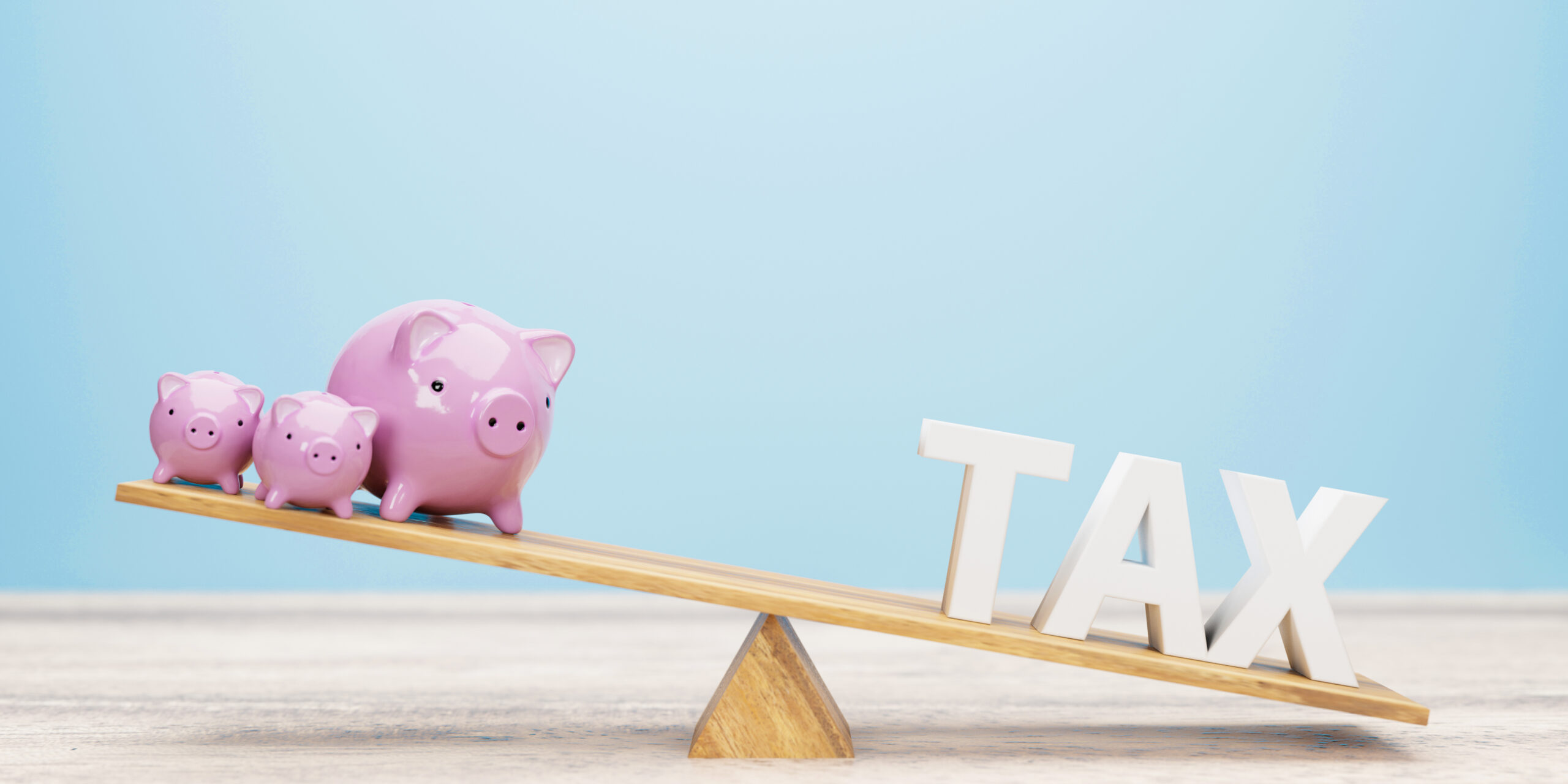

Tax take-away: How Labour rate hike heats up PIE incentives
Article written by InvestNow
Fresh from its resounding election victory last year, the governing Labour Party rushed to make good on its promise to raise the tax rate for high-income earners.
Under a measure put in place early in December 2020, those earning over $180,000 in income from (almost) all sources will face a top tax rate of 39% – an increase of 6% on current levels – for tax periods starting April 1 this year.
Inland Revenue Department (IRD) background papers show the tax hike would only hit the top 2% of NZ taxpayers, or about 87,000 individuals.
“Introducing a new top personal income tax rate as designed in this proposal will directly impact those people earning above $180,000 of personal income,” the IRD paper says. “This includes salary and wage earners, investors holding assets and shares directly, as well as sole traders and partners in partnerships.”
But there are three important categories of legal structures that will escape the new 39% tax impost, namely:
- trusts;
- companies; and,
- portfolio investment entities (PIEs).
The IRD raised concerns that, in particular, high-income earners may use trusts to bypass the higher tax rate. Indeed, the IRD urged the government to increase the trust tax level from its current 33% to line up with the new top marginal rate to prevent such abuse.
In a compromise arrangement, however, Labour introduced some ‘integrity’ measures that will increase trust reporting requirements along with a warning from Revenue Minister, David Parker.
“If trusts are used for the sole purpose of paying a lower tax rate, it is unfair to all those New Zealanders that pay the right amount of tax,” Parker said. “If there is evidence of this type of behaviour we will move on it.”
PIE filling doubles for high-income investors
However, the IRD ruled out the option of raising the company tax rate (of 28%) for global competitive reasons while also broadly supporting the status quo for the PIE regime.
The top PIE rate of 28% was, in fact, originally introduced to align with the company tax in an effort to prevent any gaming of the system.
As a result, investors on the current two top marginal rates of 30 and 33% receive a tax incentive for investing in PIE funds relative to other vehicles that have exposure to the same underlying assets.
Once the new rates take effect on April 1, the tax-attractiveness of PIEs for those earning $180,000 plus will move “from a five percentage point difference to an 11 percentage point difference”, the IRD paper says.
According to InvestNow founder, Anthony Edmonds, anybody caught out by the looming tax increases should review how it affects their investments.
“While PIEs were already tax-effective for those on the top tax rates, the new Labour policy has more than doubled the incentive for high-income earners to use the fund structures,” Edmonds said. “The news is a reminder, too, that PIEs remain attractive from a tax perspective for middle-income earners.”
He said even though the IRD has only identified just under 90,000 individuals who might incur the 3% income tax, investors who use non-PIE vehicles run the risk of breaching the new thresholds.
Direct risk increases
Edmonds said the key words in the IRD paper state that the higher tax rate will include income earned by investors from “holding assets and shares directly.”
“There’s been a huge influx recently of NZ investors into direct share investments and other areas like crypto-currency,” he said. “It’s possible high returns from direct holdings, combined with other income such as wages, could push investors into the higher tax bracket – but returns on the same assets held in a PIE fund would still only be taxed at 28%.”
Likewise, he said the higher tax rates could prompt investors who use Australian unit trusts to switch to PIE funds offering similar underlying exposures.
“The government has probably downplayed the impact of its high-end income tax increase for investors,” Edmonds said. “At the very least, Kiwi investors should review their expected income and where their assets are held – and seek advice if you’re not sure.”
“In many situations, PIE funds already provide the most tax-effective investment solution – which is why they are so popular on the InvestNow platform – but from April 1 the PIE case could be stronger still.”
Key points:
Tax take-away: How Labour rate hike heats up PIE incentives
Article written by InvestNow
Fresh from its resounding election victory last year, the governing Labour Party rushed to make good on its promise to raise the tax rate for high-income earners.
Under a measure put in place early in December 2020, those earning over $180,000 in income from (almost) all sources will face a top tax rate of 39% – an increase of 6% on current levels – for tax periods starting April 1 this year.
Inland Revenue Department (IRD) background papers show the tax hike would only hit the top 2% of NZ taxpayers, or about 87,000 individuals.
“Introducing a new top personal income tax rate as designed in this proposal will directly impact those people earning above $180,000 of personal income,” the IRD paper says. “This includes salary and wage earners, investors holding assets and shares directly, as well as sole traders and partners in partnerships.”
But there are three important categories of legal structures that will escape the new 39% tax impost, namely:
- trusts;
- companies; and,
- portfolio investment entities (PIEs).
The IRD raised concerns that, in particular, high-income earners may use trusts to bypass the higher tax rate. Indeed, the IRD urged the government to increase the trust tax level from its current 33% to line up with the new top marginal rate to prevent such abuse.
In a compromise arrangement, however, Labour introduced some ‘integrity’ measures that will increase trust reporting requirements along with a warning from Revenue Minister, David Parker.
“If trusts are used for the sole purpose of paying a lower tax rate, it is unfair to all those New Zealanders that pay the right amount of tax,” Parker said. “If there is evidence of this type of behaviour we will move on it.”
PIE filling doubles for high-income investors
However, the IRD ruled out the option of raising the company tax rate (of 28%) for global competitive reasons while also broadly supporting the status quo for the PIE regime.
The top PIE rate of 28% was, in fact, originally introduced to align with the company tax in an effort to prevent any gaming of the system.
As a result, investors on the current two top marginal rates of 30 and 33% receive a tax incentive for investing in PIE funds relative to other vehicles that have exposure to the same underlying assets.
Once the new rates take effect on April 1, the tax-attractiveness of PIEs for those earning $180,000 plus will move “from a five percentage point difference to an 11 percentage point difference”, the IRD paper says.
According to InvestNow founder, Anthony Edmonds, anybody caught out by the looming tax increases should review how it affects their investments.
“While PIEs were already tax-effective for those on the top tax rates, the new Labour policy has more than doubled the incentive for high-income earners to use the fund structures,” Edmonds said. “The news is a reminder, too, that PIEs remain attractive from a tax perspective for middle-income earners.”
He said even though the IRD has only identified just under 90,000 individuals who might incur the 3% income tax, investors who use non-PIE vehicles run the risk of breaching the new thresholds.
Direct risk increases
Edmonds said the key words in the IRD paper state that the higher tax rate will include income earned by investors from “holding assets and shares directly.”
“There’s been a huge influx recently of NZ investors into direct share investments and other areas like crypto-currency,” he said. “It’s possible high returns from direct holdings, combined with other income such as wages, could push investors into the higher tax bracket – but returns on the same assets held in a PIE fund would still only be taxed at 28%.”
Likewise, he said the higher tax rates could prompt investors who use Australian unit trusts to switch to PIE funds offering similar underlying exposures.
“The government has probably downplayed the impact of its high-end income tax increase for investors,” Edmonds said. “At the very least, Kiwi investors should review their expected income and where their assets are held – and seek advice if you’re not sure.”
“In many situations, PIE funds already provide the most tax-effective investment solution – which is why they are so popular on the InvestNow platform – but from April 1 the PIE case could be stronger still.”
